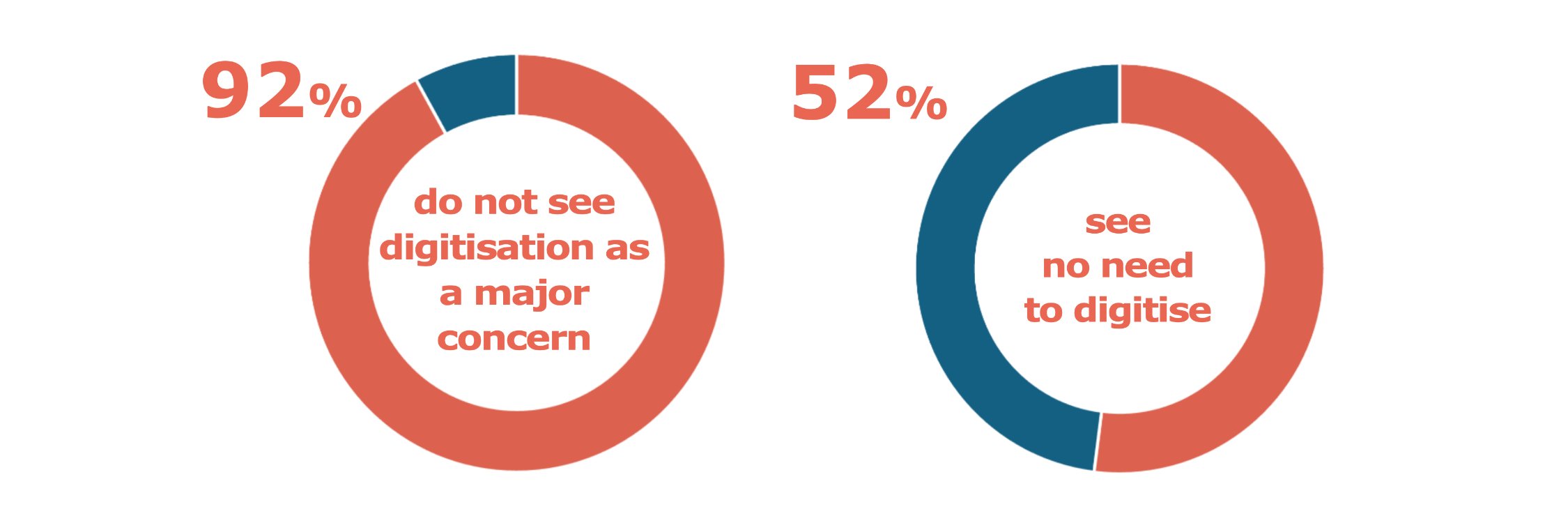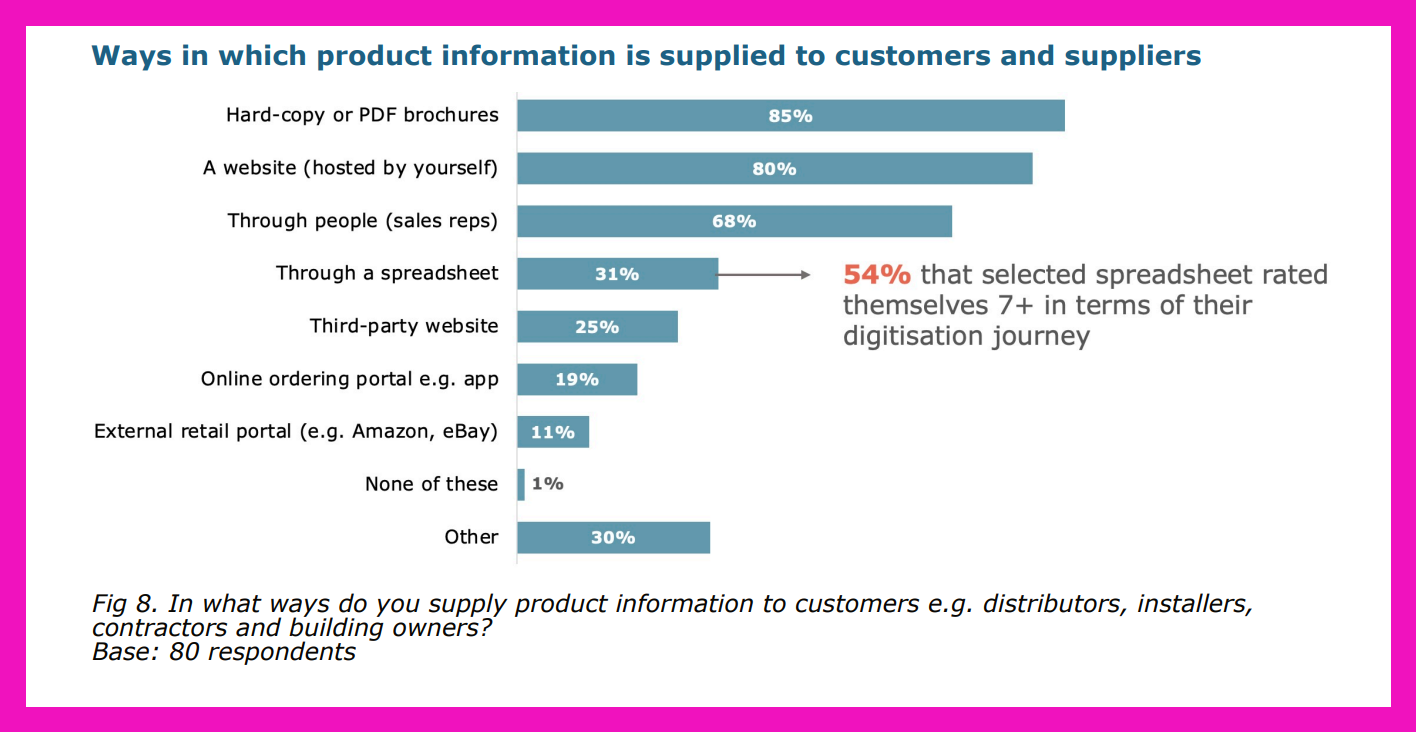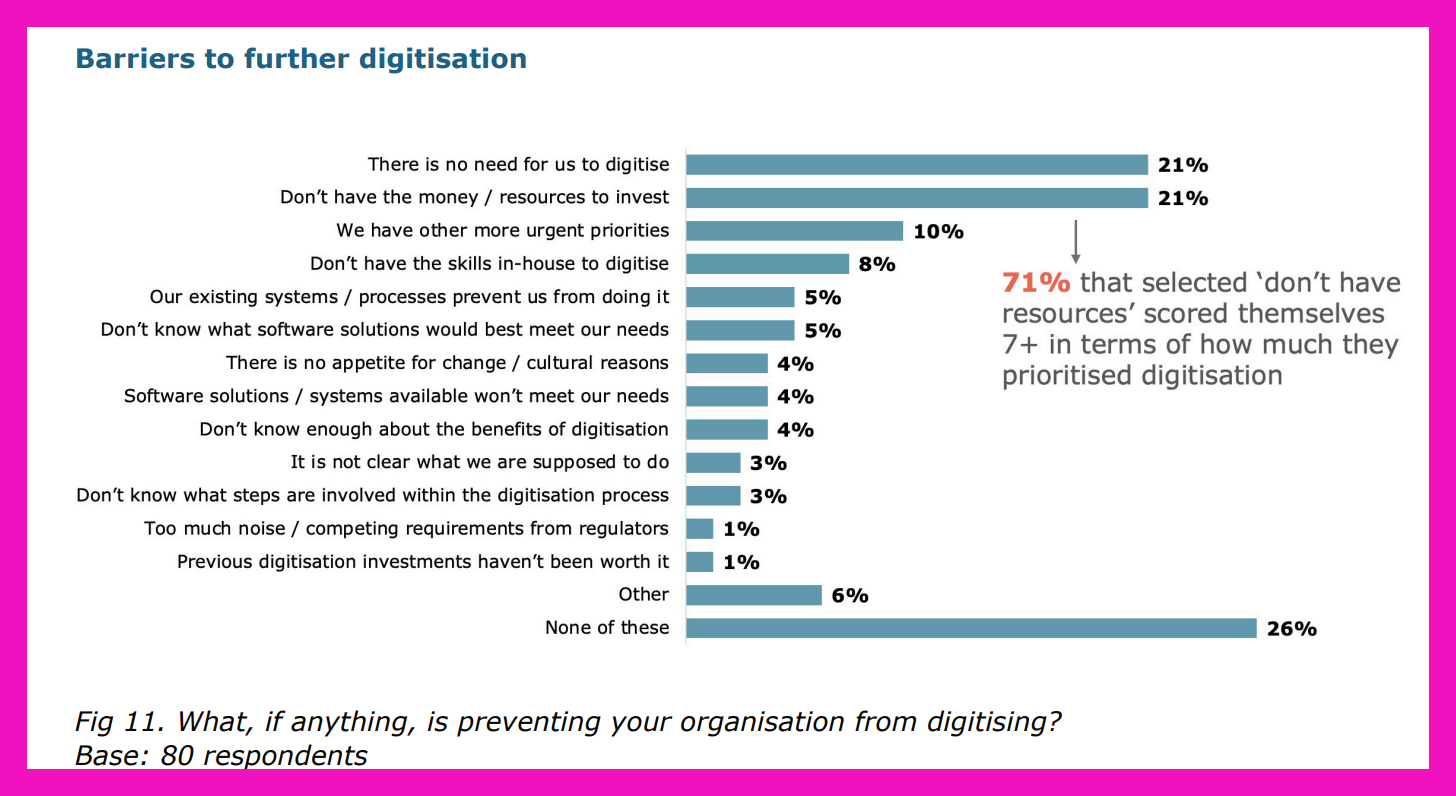Digitise Or Fail :Construction Products Dilemma

Construction Product Manufacturers Have A Choice

It's in the first line of the report issued by a team of building experts. And it doesn't make for good reading. Here's why;
"Construction product data is vital to the safety and performance of our built environment."
If construction professionals can't get the data they need about the products they use easily. It delays planning, it delays projects and it delays retrofits. With Digital Product Passports and the revised Construction Product Regulation becoming a hot topic for government it is time for a gear change.
We ask, why are product manufacturers dragging their heels?
We received this report and it makes for difficult reading.
What's The Problem?
Construction products being delivered into new builds and retrofit properties in the UK need to adhere to the Ecodesign for Sustainable Products Regulation (ESPR).

This regulation was introduced to make building products more sustainable and achieve targets for reducing the carbon footprint of the built environment by improving amongst other things, the passage of information about products.
Product manufacturers should be joining up sources of information to provide a reliable source, sharing digital information with the supply chain in order to meet client requirements for building safety, product tracing, sustainability.
Is It PDFs Or Websites?
The information required is not new data. It already exists in product manufacturers businesses. It's just how it is being handled that is a problem.
Product information is still, largely shared via 'manual' methods. Data which is key for compliance issues like the Declaration of Performance (DoP) or Conformity (DoC) aren't accessible and searchable in the correct format right now.

This is a simple set of fixes.
But in the report issued on behalf of the Built Environment Panel of the Institution of Engineering and Technology (IET), they discovered that;
"Whilst they can see the commercial benefits of digitisation, the vast majority of manufacturers provide their product information via PDFs/printed documents or a manually updated website. A third selected spreadsheets, inferring a lack of digitisation."
SME's who make up the majority of the industry in the UK are going to make their products unpopular and untraceable if product data is not easily accessible.
Is It Clear What Digitisation Is?
Apparently not. In the qualitative research (taking spoken and written responses not just numbers from tick sheets) the respondents to the survey conducted over stated the digitisation in their business was about admin.
Manufacturers (with a few exceptions) think digitisation means either administration and accounts or emerging technologies (robotics and AI. The digitisation of construction product information is not on their radar.
The idea of data being an essential tool in winning work, hasn't permeated up to the C-Suite managers - which is not a reflection on the workforce in those companies, but it is a reflection on management.

What If Product Manufacturers Don't Digitise?
With BIM planning and product information choices becoming essential in small and medium size retrofit and construction projects.
Analogue products without easily traceable data will start to drop off the order books for retrofit and building projects.
Not because they aren't any good, but if reliable data about products isn't easy to find and add to project planning, it will add unnecessary friction.
As the report states;
A manufacturer providing accurate, structured product data is more resilient, profitable, more efficient, more stable and more reliable.
and the choice will be too late for product manufacturers who haven't kept up;
Making structured information available to the supply chain is an essential step in this process and essential for manufacturers to future proof their business and connect with the end customers and end users.
What Does Digitisation Look Like Then?
The report gives some good examples of what digitisation could mean to a product manufacturer;
1. Product information on a company’s website is not updated manually but fed directly from company product information management (PIM) through an API connection.
2. Sample requests are handled through connected CRM and product databases, rather than requests being emailed, printed out and actioned.
3. Certificates are downloaded from a verified website with change history, rather than a potentially out of date certificate emailed from a salesperson’s computer.
These are not difficult tasks, they don't take a massive amount of investment and the skills sets to make this process happen are quite possibly already in a company amongst the younger digitally native employees.
What Might Happen?
It's not a question of might happen, it's a question of what is going to happen. Pretty soon a clever government policy maker will realise that the underperforming retrofit strategy could be rapidly advanced by a simple tweak in legislation.
With 50% of product manufacturers planning to digitise in the next two years.
You could be in a company that has decided to resist change. And 'hoist their own petard'. Or more well known, shoot themselves in the foot.
I know which company I'd rather be working for.


